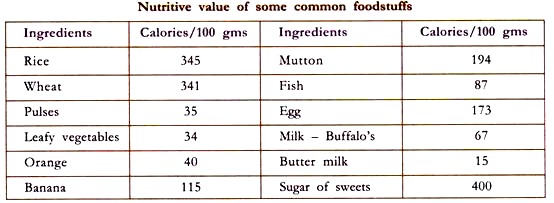Growth of cell wall involves the growth in surface area as well as growth in thickness.
Normally, the entire cell wall grows. Localized growth occurs in fibres, root hairs, tracheids and pollen tubes.
A new primary wall grows in surface area. The wall expands due to the turgor pressure exerted on the walls by the protoplast. Turgor pressure is developed by the tendency of protoplast to absorb water by osmosis.
It presses the protoplast outwards against the wall and the wall begins to stretch in a plastic (i.e. non-reversible) manner. New cell wall materials like matrix polysaccharides and cellulose microfibrils are deposited over the expanding wall.
The cellulose microfibrils are formed between plasmalemma and outer envelope. This is revealed by isolated protoplast culture where the initial cell wall formation is not associated with cytokinesis. Preston is of opinion that small granules occur on the outer face of plasmalemma.
These are involved in cellulose synthesis and orientation of microfibrils. The granules contain glucan synthetases and when they come in contact with the ends of microfibril, the later is extended by condensation of glucose residues. Dictyosome, vesicles, endoplasmic reticulum or microtubules may be the site of precursors of cellulose.
Previously there were two theories to explain the growth of cell wall regarding the deposition of wall materials. In one view, growth occurs by intussusception where new microfibrils are laid down between the existing microfibrils of expanding wall in an interwoven manner. The other view, which is more common, states that growth occurs through apposition (Fig. 3.10).
 Diagrammatic representation of the growth of cell wall. A. Intussusception. B. Apposition. The microfibrils are numbered 1-1, 2-2, 3-3, 4-4 & 5-5 according to the sequence of formation.
Diagrammatic representation of the growth of cell wall. A. Intussusception. B. Apposition. The microfibrils are numbered 1-1, 2-2, 3-3, 4-4 & 5-5 according to the sequence of formation.
During this process, new microfibrils are deposited over the existing one like the pages of a book. In apposition, the deposition of microfibrils is usually centripetal, i.e. it occurs from periphery towards the lumen of cell. Cell walls of tissues grow by centripetal growth. Centrifugal growth, i.e., deposition of wall materials from cell lumen to periphery is also observed during apposition. It occurs during exine formation of the specialized cells like pollen grains and spores.
A different view, termed mosaic growth, was proposed by Frey-Wyssling and Stecher (1951) to describe the growth of primary cell wall. Their opinion was based on the observation with Electron microscope. At the time of growth, the cell wall expands due to turgor and as a result, the microfibrils are separated at certain regions.
The gap, thus produced due to the separation, is then filled up by the deposition of new microfibrils by either apposition or intussusception. It is suggested that growth hormones and enzymes, present on the cell wall, are involved in the process. Another concept, regarding the longitudinal growth of cell wall, was put forward by Houwink and Roelofsen (1954) in their theory of multinet growth.
According to this view, microfibrils are laid down perpendicular to long axis of the cell. New microfibrils are added centripetally by apposition and as a result, older microfibrils are gradually pushed towards the peripheral side.
During longitudinal growth, the peripheral microfibrils are stretched, and as more and more elongation occurs, these microfibrils are gradually oriented in longitudinal plane. Electron microscopic observation on the cell wall formation of fibres and tracheids, and autoradiographic study confirm the multinet theory.
The deposition of secondary wall materials in fibres initially occurs at the middle and gradually extends towards the tip. Therefore, the fibres have thicker cell wall at the middle. In the velamen cells of the aerial roots of Ansellia gigantea, the deposition of wall materials begin near the ends of the cells.
The localized growth at the tips of stellate parenchyma cells, pollen tubes, root hairs, fibres and tracheids are explained based on the localized type of multinet growth. It is regarded that cytoplasm determines the localized deposition of microfibrils Fig. 3.11.
 Diagram illustrating the change in orientation of microfibrils during elongation of primary walls.
Diagram illustrating the change in orientation of microfibrils during elongation of primary walls.
As growth continues the cell wall expands along with the middle lamella. The components of the latter are synthesized within it or nearby and on incorporation cause the elongation.
As a result the plasmalemma is stretched. The microfibrils are deposited on the stretched area and as a result the frequency of plasmodesma increases. When the incorporation of microfibril fails the stretched areas form the primary pit field. A pit is formed on secondary wall.
To sum up, cell growth involves:
(i) Stretching of cell wall due to turgor, which causes the loosening and separation of the fibrillar structure of cell wall, and
(ii) Mending the gaps by adding new microfibrils by either apposition or intussusception.
The loosening of the fibrillar texture of cell wall is attributed to the hormone and enzyme present on the cell wall and the cytoplasm plays the role to fill up the gap with new microfibrils.